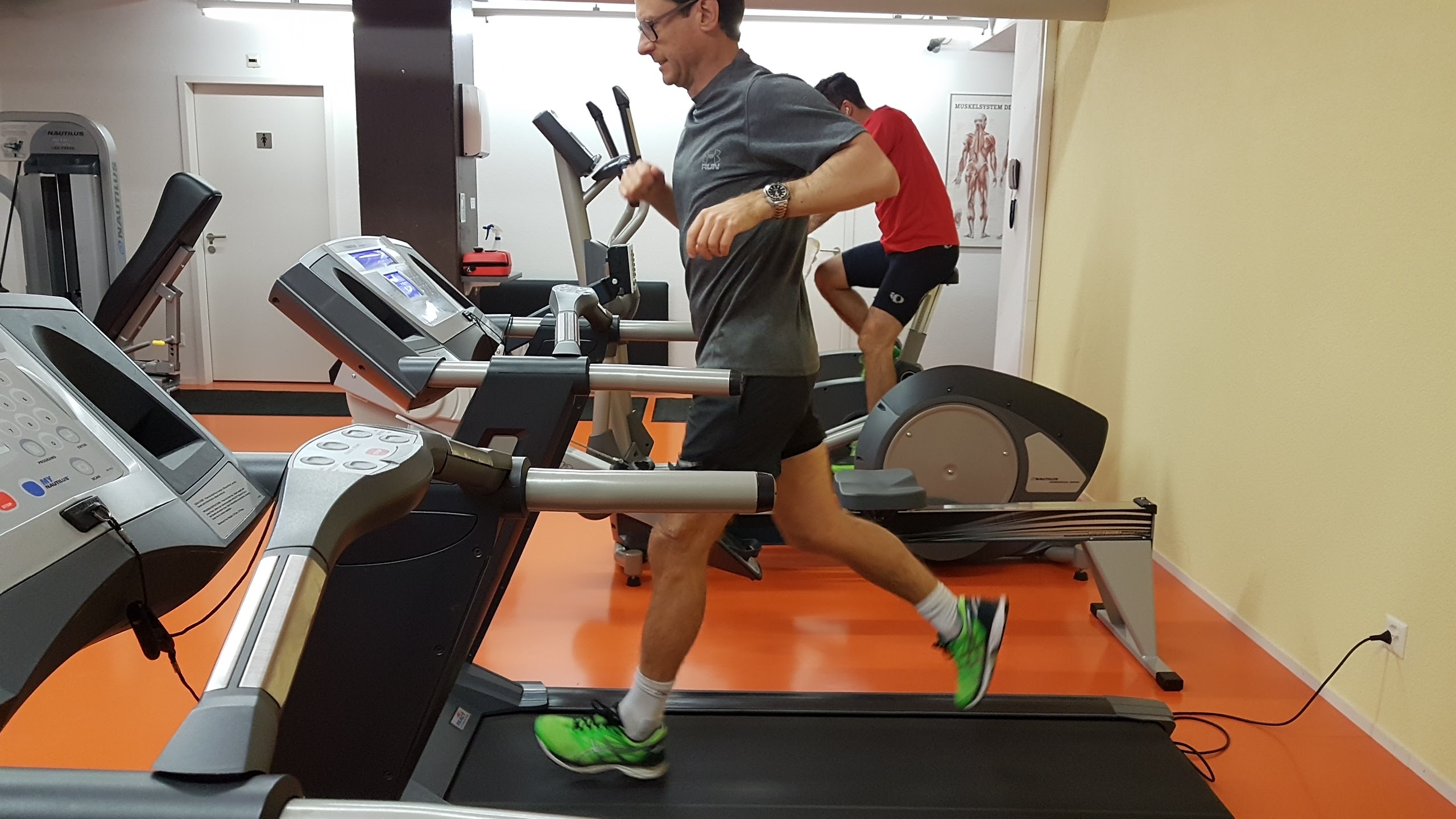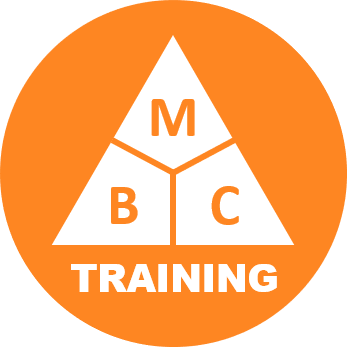The human body is very adept at adapting; given particular inputs, it will adapt to give an an appropriately matching output. How can we use this principle for the topic of training and aging, for over 40s, over 50s, and beyond.

Given this basic principle, let’s extrapolate training affects today into the future. For instance if the primary activity at age 40 is long distance running for instance, extrapolating that forward 20 years will give a certain output at age 60 e.g.:
- Adaptation to run as efficiently as possible
- probably have a very efficient cardio-vascular system
- high long distance stamina
- light weight, minimised usage of energy
- However
- reduced flexibility due to long term limited movement exercise
- reduced muscle mass as the body adapts to under-utilisation
- ending up with a lean
The negative side effects are naturally a response, where the human body effectively says “you’re not using this stuff, I will not expend any energy to maintain it”.
So if one of the objectives of the individual is to maintain an effective physique as we age, with high levels of transferability to life/sports; then the core training has to be supplemented with other training.
What do I mean by this supplementary training? This means a change of focus into ensuring maximal activation of muscle fibres.
As we age the muscular and neural responses to the inputs get weaker; improvements (and maintenance) increasingly requires consistent application as the response from the body’s systems decreases.
By integrating a regime of focusing on muscle activation, we can ensure the inputs are given which will create a response to maintain the muscle structure as long as possible into old age.
Additionally, by stressing the body’s systems in a systematic way, we have an impact on the internal aging body clock. For instance, testosterone which decreases in men with age, has an anti-aging effect. Hence, an active lifestyle can help maintain hormone levels, and as a knock-on effect, holistically overall health and well-being, physically as well as mentally.
Blended with other activities (e.g. sports, plyometrics, yoga, strength training etc.) which line up with whatever the core objective is, will ensure best possible transferability across activities with aging, for over 40s, over 50s, and beyond.


